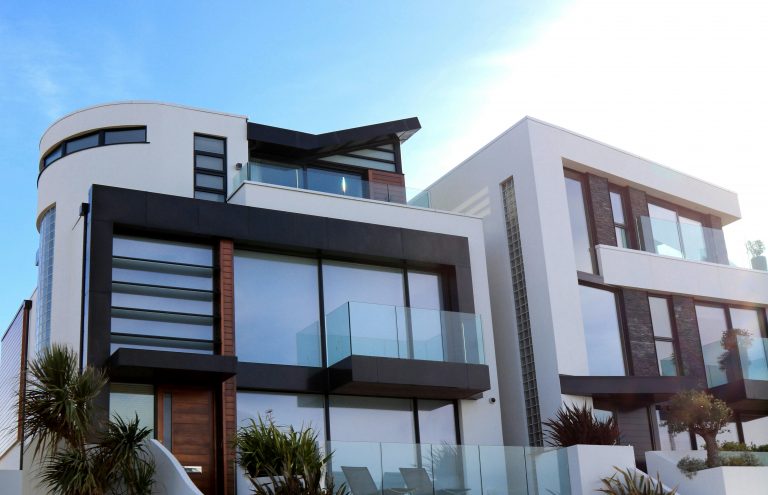


It’s inevitable that a roof, whether commercial or residential, will experience some damage in its lifetime. In particular, commercial roofing tend to take a hit from the elements, and especially the sun. It may surprise you how much the sun’s heat alone can damage a roof, to the point that you may need to discuss roof repair with roofing contractors! In fact, conventional roofing reflects only 5 to 15% of the sun’s rays, with the rest of the energy being absorbed and even contributing interior cooling abilities. So how can commercial roofing counter the damage of the sun? Well, there are several different ways.
1.Changing The Roofing Material’s Pigment
One surprisingly simple way to cut down in the heat absorption of residential and commercial roofing … and avoid roof replacement and repair … is changing the roof’s pigment. Metal roofing in cool colors … like blues and greens … rather than warm colors … like red and yellow … contain pigments that reflect 20 to 90% of the sun’s heat and energy. For that matter…
2. Focus On Reflective Roofing Materials
Reflective materials in general are extremely important when it comes to minimizing a roof’s heat absorption. The coolest roofing materials of all reflect over 65% of the sun’s heat, taking in less than 35% of the sun’s energy. In fact, 40% can be saved in summer cooling through reflective metal roofing. The most emissive metal roofs can reduce urban air temperature a surprising amount … by as much as 12 degrees Fahrenheit! This ends up saving homeowners or building owners a lot of money in energy and cooling.
3.Try Solar Panel Installation
Although once seen as a luxury, solar panels have dropped in price by 60% since 2011. There are many benefits to solar panel installation … the first of which being that an average of an $84 reduction per month on your electricity bill. It’s good for the environment too, with solar panel reducing a home’s carbon footprint by 35,180 pounds of carbon dioxide per year. Furthermore, you could end up getting the federal solar Investment Tax Credit. It’s a 30% tax credit, good for both homes and commercial properties that convert to solar energy by the end of 2016. The federal government wants people to convert to solar energy to lessen the environmental impact of energy use … and they’re willing to give monetary encouragement.
There are many other potential roofing solutions to the problem of heat and energy absorption. The important thing is to explore all of the possible options and ensure that your roof, whether residential or commercial, absorbs the least amount of heat possible. That means the maximum amount of money saved, and in some cases, the least amount of environmental impact.






